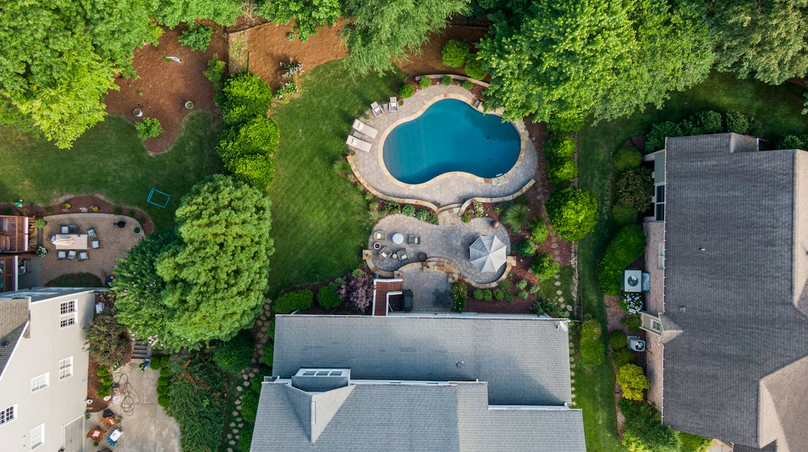In a period where environmental sustainability is paramount, making residential constructions eco-friendly is not just a trend but a necessity. Eco-friendly building practices help reduce carbon footprints, conserve natural resources, and create healthier living environments. Check out mz.de to learn how AI can help achieve eco-friendly building solutions. Incorporating green building techniques into residential construction can lead to significant environmental gains and cost savings over time. Here are six ways to make residential constructions eco-friendly.
Use Sustainable Building Materials
One of the most effective ways to make residential constructions eco-friendly is to use sustainable building materials. These materials are typically renewable, recycled, or have a minimal environmental impact. Examples include bamboo, reclaimed wood, recycled steel, and low-VOC (volatile organic compounds) paints.
Sustainable materials slow the depletion of natural resources and minimize greenhouse gas emissions from manufacturing and transportation. Additionally, they often come with benefits such as improved durability and energy efficiency, which can further enhance the sustainability of the home.
Implement Energy-Efficient Design
Energy-efficient design is crucial for reducing the environmental impact of residential buildings. This involves optimizing the orientation, insulation, and glazing of the house to minimize energy consumption for heating, cooling, and lighting. Passive solar design concepts, such as utilizing natural light and storing heat in thermal mass materials, may dramatically cut energy use. Installing energy-efficient windows, doors, and appliances also contributes to lower energy consumption.

Focus on Water Conservation
Water conservation is another key component of environmentally friendly residential buildings. Installing water-saving devices like low-flow toilets, faucets, and showerheads may drastically cut water use. Rainwater harvesting systems gather and store rainwater for irrigation and non-potable use, lowering the need for municipal water sources.
Greywater recycling systems can treat and reuse wastewater from showers, sinks, and washing machines for irrigation or flushing toilets. By focusing on water conservation, residential constructions can minimize their impact on local water resources and promote sustainable water management practices.
Optimize Indoor Air Quality
Maintaining adequate indoor air quality is critical for establishing a healthy and environmentally friendly living space. Using non-toxic, low-VOC products for paints, adhesives, and finishes helps to decrease the release of hazardous chemicals.
Proper ventilation rigs, such as energy recovery ventilators (ERVs) and heat recovery ventilators (HRVs), may increase air circulation while also removing interior contaminants. Incorporating indoor plants can also enhance air quality by absorbing toxins and releasing oxygen. By prioritizing indoor air quality, builders can create homes that are healthier for occupants and better for the environment.
Incorporate Green Landscaping

Green landscaping practices can enhance the eco-friendliness of residential constructions. Utilizing native plants that don’t demand water and maintenance helps conserve resources and supports local biodiversity. Implementing xeriscaping techniques, which focus on drought-resistant landscaping, can further reduce water usage. Installing permeable pavement materials, such as gravel or permeable concrete, allows rainfall to soak into the ground, reducing runoff and increasing groundwater recharge. Composting organic waste and utilizing it as garden fertilizer can reduce waste while also organically enriching the soil.
By integrating these practices, builders can create homes that are not only environmentally responsible but also cost-effective and comfortable for occupants. As the demand for sustainable living continues to grow, embracing eco-friendly building techniques will become increasingly important in shaping a greener, healthier future for our communities and the planet.




